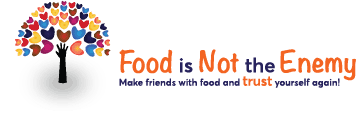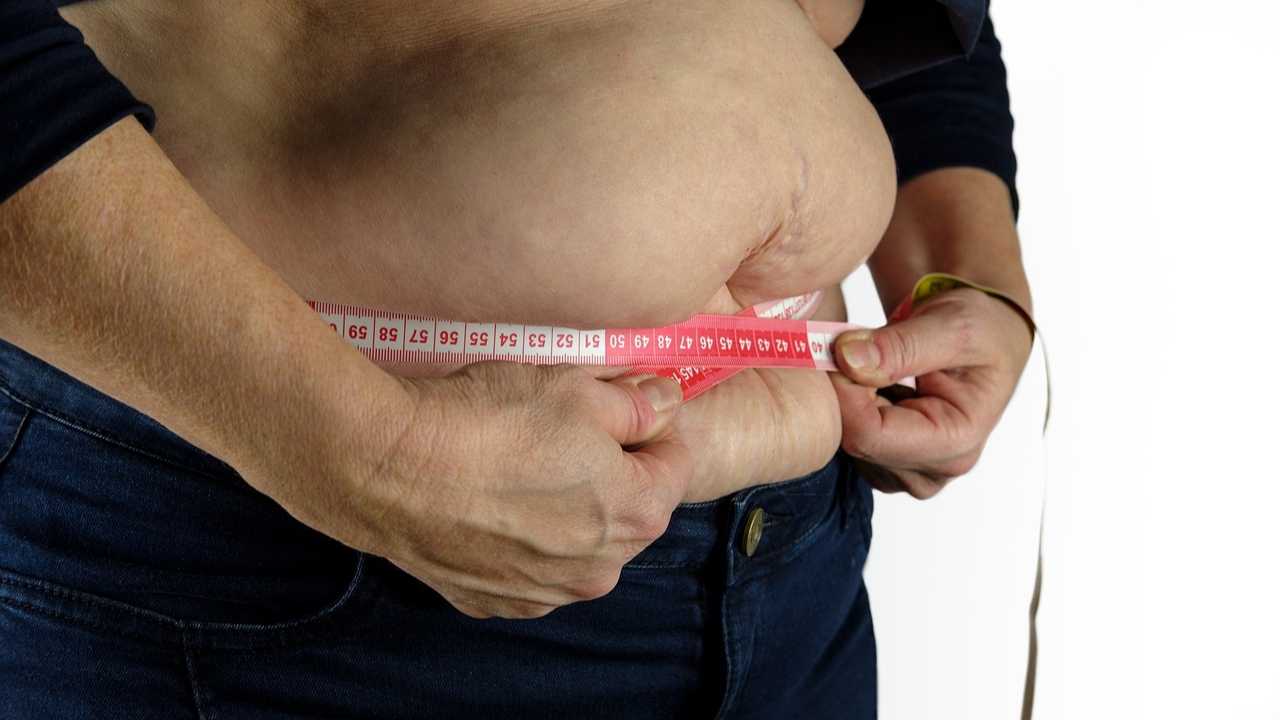Do you have no idea what “normal” eating is? Do you wish you could eat like normal people but can’t?
Normal eating may not be what you think it is…
Normal eating is being able to eat when you are hungry and continue eating until you are satisfied. It is being able to choose food you like and eat it and truly get enough of it… not just stopping because you think you should. Normal eating is being able to use some moderate constraint on your food selection, to get the right food, but NOT being so restrictive that you miss out on pleasurable foods.
Normal eating is giving yourself permission to eat sometimes because you are happy, sad or bored or just because it feels good. Normal eating is three meals a day, or four or five. It is leaving some cookies on the plate because you know you can have some again tomorrow, or it is eating more now because they taste so wonderful. Normal eating is about listening to your body!
Normal eating is overeating at times, feeling stuffed and uncomfortable. It is also under eating at times and wishing you had more. Normal eating is trusting your body to make up for your mistakes in eating. Normal eating takes up some of your time and attention, but keeps its place as only one important area of your life.
Normal eating is flexible. It varies in response to your hunger, your schedule, your proximity to food and your feelings.
From: How to Get Your Kid to Eat… But Not Too Much, by Ellyn Satter, Bull Pulblishing, Palo Alto, 1987.
Our Parts Play a Role
In each of us, there are various “parts” of us that play a role in our eating. As an example of “parts” of you: when you say “Part of me wants to go to the party and part of me doesn’t”, this is an example of two different parts of yourself… the part that wants to go and the part that doesn’t. There are many ways this is expressed, for example “part of me is sad and part of me is angry”. With food, two of the parts that play a role are the “child part” and the “adult part”.
For a normal eater, these parts are equal… they each have a role and they share equal time. Look again at the above description of a normal eater… all parts are represented equally. For someone with disordered eating, not all parts are equal.
Imagine the child part wants more of the cookies. “I want them, I want them, I want them!” is how the child in someone with an eating disorder might sound. But, the critical adult (or parent) part comes thinks, “you will get fat if you eat those cookies and then no one will ever love you!” The child part is pushed down and shamed for wanting something tasty.
Notice which part is loudest during a binge. It is probably the child part. Notice which part is the loudest when you purge (punish yourself, starve yourself, exercise it off, etc). It is probably the critical adult part.
In eating disorder treatment, all parts become equal. Sometimes, the child part is the healthy part as it doesn’t want you to diet and starve yourself. Often the critical adult part needs to become less critical and more focused on supportive boundaries.
For example, with many of my clients, I encourage them to eat whatever they want three meals a day (i.e. no snacks in between). This allows the child part to eat what she wants but also gives her boundaries. Not only does this help balance the parts, but it allows you time to live your life (so food can become a less important, time consuming part of your life.
Try this experiment:
Next time you are eating, or thinking about eating, see if you can be aware of which part is doing the talking. Try acknowledging that part and the emotion it is having. See if you can go a little deeper and notice the emotion in terms of your life, rather than your food. For example, being afraid to get fat might really be a fear of not being loved. Now, see if you can give that part what it wants. It might be a cookie or it might be a hug from someone who cares about you.

